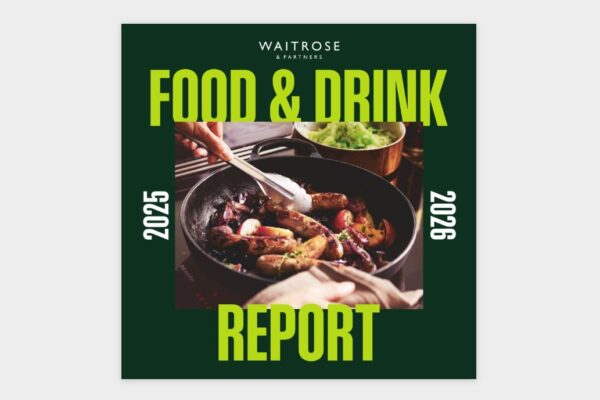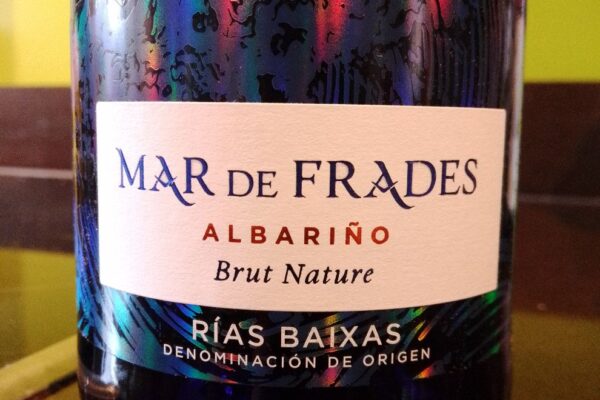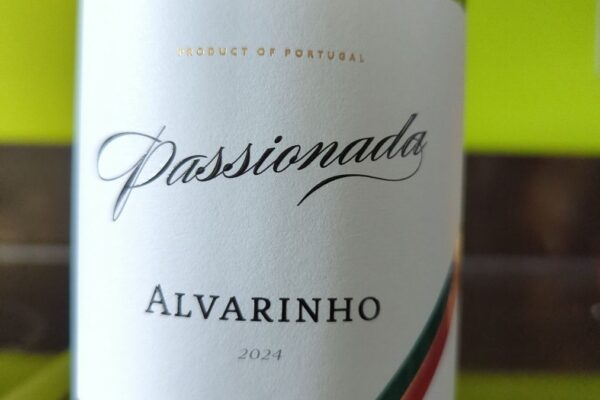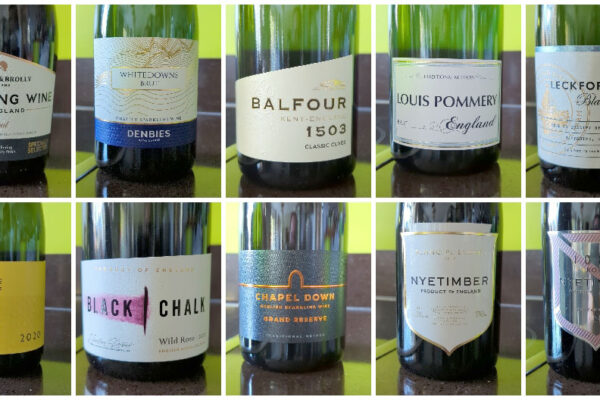
There’s a new issue of Drink Retailing that contains data from a revealing study of 2000 UK adults, conducted by IPSOS in October 2023. A notable 29% of respondents reported a decrease in their alcohol purchases compared to the previous year, signalling a potential long term shift in consumption habits. However, 16% of individuals have found themselves buying more alcohol than they did a year ago, illustrating a different response to contemporary circumstances. Interestingly, a significant majority, 66% of those surveyed, confirmed that they consume alcohol at least on a weekly basis, indicating that, for many, drinking remains a consistent part of their lifestyle.
Amidst the challenges of modern life, 41% of UK adults acknowledge using alcohol as a coping mechanism to manage stress, a perhaps worrying statistic that underscores the broader societal challenges and personal pressures faced by many.
Awareness and anticipation of the alcohol duty reform, being full introduced from February 2025, are relatively modest, with only 29% of the participants claiming to be aware of these changes. This reform, aimed at restructuring the taxation on alcohol to reflect its strength more accurately, has led to a mixed response among consumers. For typical wines with an alcohol content between 11.5% and 14.5% by volume, the duty applied will vary between £2.45 and £3.10 per bottle. The current duty is £2.67 per bottle. Remember also, excise duty increases additionally incur extra Value Added Tax (VAT). It is anticipated that prices will increase for three-quarters of red wines. About 33% anticipate that this will affect their purchasing habits, with 38% stating they will likely reduce their alcohol purchasing as a result, highlighting the potential economic impact of the reform.
The study also looked into the reasons behind consumers’ preferences for buying alcohol at specific retailers, with 42% choosing places offering the best prices and 41% pointing to the convenience of completing their other shopping in the same location. When it comes to wine, the top supermarkets of choice for UK wine consumers are Waitrose, M&S and Lidl. In terms of preferences for wine countries, France, Italy, and Spain remain the top choices among UK consumers, with England and Portugal rapidly gaining popularity due to growing interest in their wine offerings.
Independent, as opposed to supermarket, wine retailers have shown resilience and adaptability, with 60% reporting better performance in 2023 compared to the previous year. However, they face significant challenges with the forthcoming impact of duty increases.













